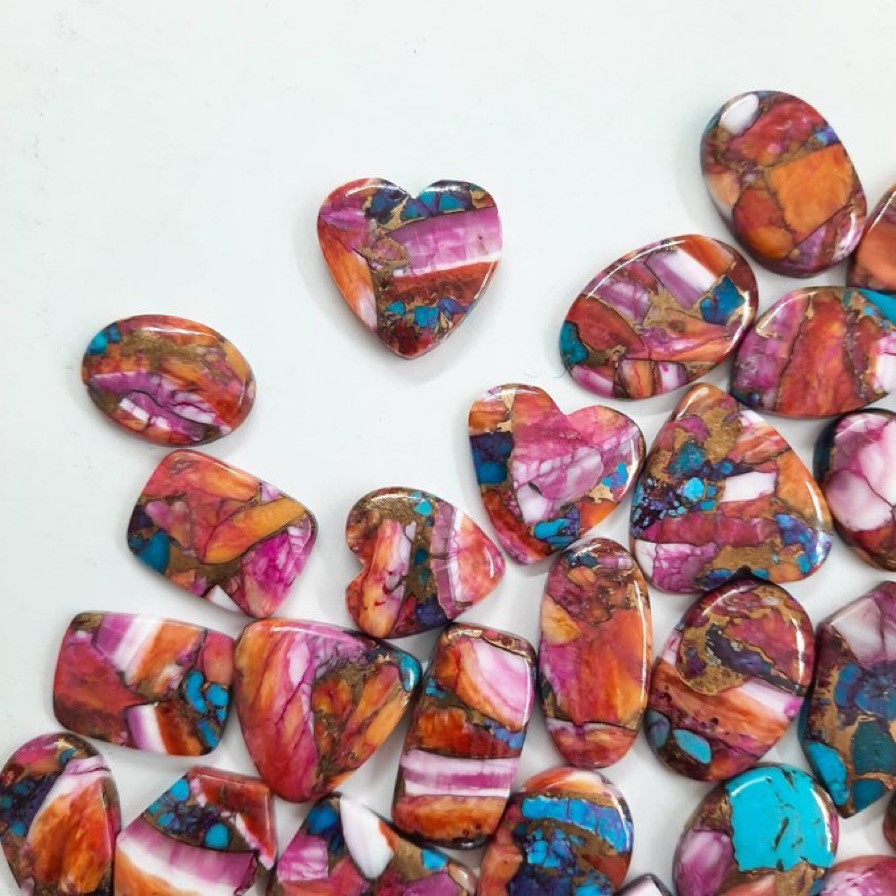The cost of loving crisis – you can put a price on love…it’s £66.56

The cost of loving crisis – you can put a price on love…it’s £66.56
After a Christmas full of expenditure, the last thing people want to be doing is splashing the cash once again.
While that might be fairly easy to maintain during the month of January as many of us batten down the hatches, lock the booze in the cupboard, and delete deliveroo from our phones, February sees the return of what can only be described as ‘a cost of loving crisis.’
Yes, we’ve said it, there’s set to be something of a hefty price tag planted on romance in 2023…
How much will you spend this February 14th?
The usual wooing associated with February 14th and Saint Valentine was once a hallmark card and a singular rose from the supermarket but, there’s no denying that in the modern, inflation fueled Britain we’re living in, even that would be enough to give someone the financial fear.
That said, a solitary flower and a bit of paper isn’t quite enough to cut it anymore – is it? With this in mind, we thought we’d take a look at how much of an impact attraction is going to have on the bank balance this year…
In order to calculate the costs associated with the calendar event, we’ve averaged the price associated with four leading retailers of each typical item relevant to Valentines. This is what we’ve found!
Flowers
Interrose – £31.94
M&S – £25
Sainsburys – £10
Waitrose – £22
Prestige flowers – £34.99
Average price: £24.79
Chocolates
Hotel Chocolat – £24.50
Martin’s Chocolatier – £14.99
Cadbury – £20
John Lewis £17.50
Thorntons – £25.00
Average price: £20.40
Dining for 2
M&S – £20
Nandos – £31.30
Sainsburys – £15
Co-op – £12
Asda – £15
Average – £18.66
Card
Oliver Bonas – £2.95
Moonpig – £3.79
Thortful – £3.49
Funky Pigeon – £1.99
Asda – £1.50
Average – £2.74
Thanks to inflation, at 9.2% currently, against 6.2% in February 2022, this suggests that if you’re to go all in on Valentines, your cost of loving will be £2.14 more than last year. Yes, that’s right, the average 14th February will set you back £66.56!
Treating yourself to something special
Valentine’s doesn’t need to be a massive expenditure on somebody else and in recent years big brands have chosen to focus their attention on the ‘treat yourself’ trend rather than others because, in reality, who doesn’t love some self-care!
Whether you’re in a relationship or not, there’s nothing to be ashamed of when it comes to spending something on yourself, from a new pair of shoes to a slap up meal, there’s no time like the present to give something back to yours truly. You deserve it.






